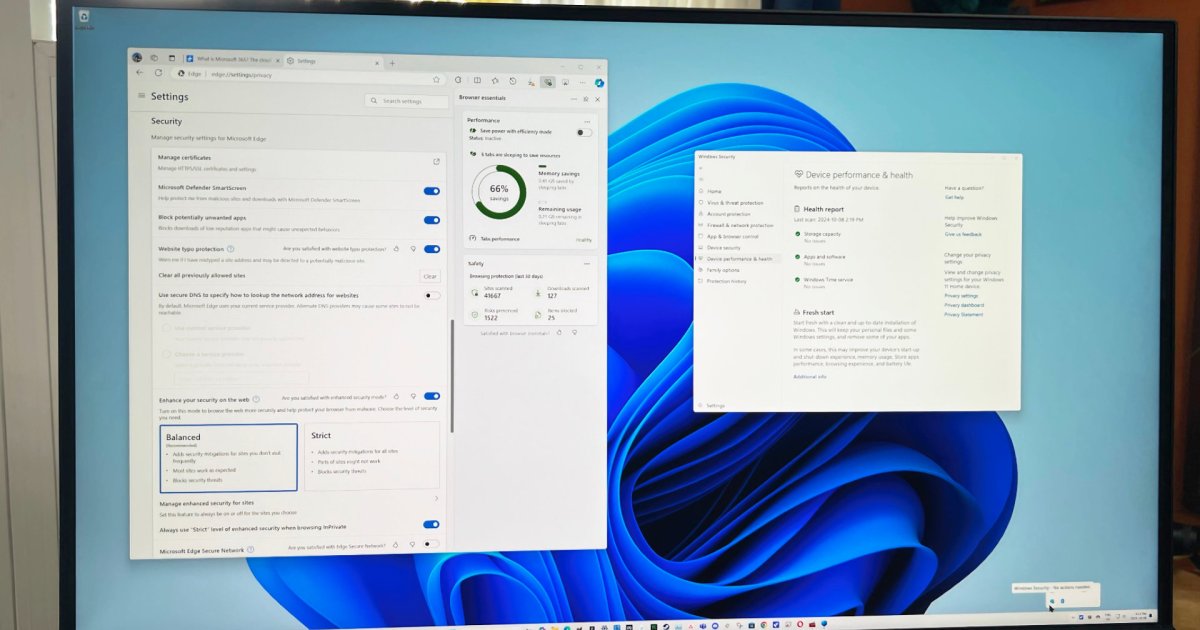In the final days of the Biden administration, the US Food and Drug Administration unveiled a proposed rule that would drastically reduce the amount of nicotine levels in cigarettes, most cigars and other combustible tobacco products sold nationwide.
If implemented, this would make the US the first country in the world to take such a bold step against tobacco consumption.
“Today’s proposal envisions a future where it would be less likely for young people to use cigarettes and more individuals who currently smoke could quit or switch to less harmful products,” said FDA Commissioner Robert Califf in a statement. “This action, if finalised, could save many lives and dramatically reduce the burden of severe illness and disability, while also saving huge amounts of money.”
But what exactly does this proposal entail? And will the incoming Trump administration give it the green light?
Here’s a closer look.
But first, why does nicotine make cigarettes so addictive?
This is because when nicotine enters your body, it alters the way the brain functions, triggering cravings for more.
When nicotine reaches the brain, it floods the “reward circuits” with dopamine, a chemical responsible for creating pleasant feelings and masking unpleasant emotions, explains the American Cancer Society. The mild adrenaline rush also speeds up the heart rate and raises blood pressure. This effect makes users crave more.
According to the FDA, nicotine is a highly addictive chemical compound found in tobacco plants. It is present in all tobacco products, including cigarettes, cigars, non-combusted cigarettes, smokeless tobacco, hookah tobacco, and most e-cigarettes.
Further, what makes them so addictive is products like cigarettes are specifically designed to deliver nicotine to the brain within seconds, making dependence more likely and quitting even harder.
Also read:
20 minutes per cigarette: How much life are you losing?
So, how will the FDA’s proposal help?
The FDA’s proposed rule doesn’t aim to ban the sale of cigarettes or other tobacco products in the US. Instead, it seeks to cap the nicotine levels in these products.
Currently, the top 100 cigarette brands contain an average of 17.2 milligrams (mg) of nicotine per gram of tobacco. Under the new rule, this would be drastically reduced to just 0.7 mg per gram—low enough to potentially prevent addiction.
The proposed nicotine limits would apply to cigarettes, cigars, and pipe tobacco, but not to electronic cigarettes, nicotine pouches, or other lower-risk products. In fact, the FDA has endorsed several e-cigarette brands, including NJOY and Vuse, as safer alternatives for smokers.
“We anticipate that about 50 per cent of smokers will transition to these other products, whether that’s e-cigarettes or other noncombustibles,” said Brian King, the FDA’s tobacco director, in an AP report.
While smoking rates have declined over the years, cigarettes remain one of the leading causes of preventable death in the US, killing over 480,000 Americans annually, according to the Centers for Disease Control and Prevention.
Capping nicotine levels could further drive this rate down.
“This proposal allows for the start of an important conversation about how we meaningfully tackle one of the deadliest consumer products in history and profoundly change the landscape of tobacco product use in the United States,” said Dr Brian King.
If approved, the proposal would give companies two years to reformulate their products following the publication of a final regulation. The FDA has made its 334-page proposal available online and will accept public comments for nine months before moving forward.
The ball is in Trump’s court
The FDA’s proposed rule arrives in the closing days of President Joe Biden’s term, leaving its fate uncertain. The decision to enact it now rests with the incoming administration of President-elect Donald Trump.
The Republican leader, who has shown a softer stance toward vapes, has yet to comment on the measure, as have his health nominees.
Trump’s health secretary nominee, Robert F Kennedy Jr, has said little about how regulating tobacco fits into his plans to overhaul the government’s approach to fighting chronic disease. Even if the effort goes ahead under Trump, major tobacco companies like Reynolds American and Altria are almost certain to challenge it in court, delaying implementation for years.
Critics of stricter tobacco and vaping regulations argue that such measures amount to government overreach and could inadvertently empower black-market cartels to distribute these products.
Altria spokesman David Sutton has criticised the proposal, calling it “fundamentally flawed” in an email to the AP.
With the new administration taking over, the future of the FDA’s ambitious proposal remains unclear, leaving public health advocates and the tobacco industry bracing for what comes next.
With input from agencies

)





